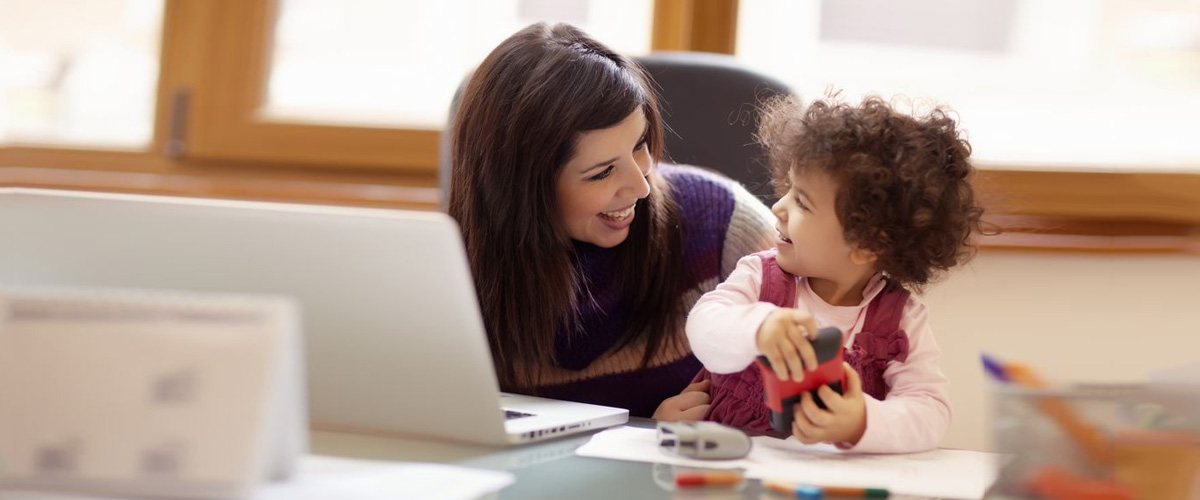Toddler clothing
Your child is both easier and harder to dress at this stage. Easier because he may raise his arms for you when you pull off his shirt; harder because he’s often squirming when you do it. So look for comfortable, loose-fitting clothes that are easy to get on and off. Avoid clothes you have to button – buttons require time and patience – and look for speedy snaps and zippers instead.
Diapers and toilet training
You’re most likely not done with diapers. While some children begin potty training as early as 18 months, most have yet to cross this bridge. At some point in the coming year your toddler will probably outgrow the changing table, and you’ll find it easier to change him while he’s standing up or lying on the floor.
Potty seat: It’s good to have one of these on hand so your child becomes familiar with it before he’s ready to use it. (See signs of potty training readiness.) You have two kinds to choose from: a freestanding, child-size potty and an attachment seat that sits on top of a standard toilet seat.
Stool: If you choose a potty seat that fits on top of the regular toilet seat, you’ll want a step stool for your child to rest his feet on. Eventually, it will also help him reach the sink to wash his hands afterward.
Getting around
Stroller: At this age, your child is less likely to need a full-feature stroller that reclines for napping. Many parents of toddlers switch to lightweight, collapsible strollers that are easy to carry. Read more details on strollers and what’s right for you.
Sleeping
Crib and mattress: Your toddler’s logged a lot of hours in his crib, and he’s still got more to go before moving to a big bed. Children usually make the switch at around age 3. (Learn more about the transition from crib to bed.) Make sure the crib mattress is low enough that he can’t climb out on his own.
For more details, see our buying guides on cribs and crib mattresses.
Bedding: You need a couple of fitted sheets and a soft blanket to keep your toddler warm at night. Note: Though loose bedding and stuffed animals are considered safe for your toddler to sleep with, it’s still recommended that you avoid pillows until age 2 because of the risk of suffocation.
Safety
You’ll need to rethink your childproofing now that your toddler’s cruising or walking. Try looking at your house from a toddler’s perspective and you may be better able to spot potential hazards. Keep all medications, cleaning products, vitamins, makeup, and other potential poisons locked up. See our complete guide to toddler safety.
Car seat: When your child reaches 22 pounds or so, he’s too big for many infant seats, so you’ll need to buy a convertible seat. To keep your child safe, experts – including the AAP – say to keep children rear-facing until they exceed the seat’s rear-facing height and weight requirements. Most convertible seats can accommodate children up to 40 pounds or more, allowing them to stay rear-facing until around age 4.

